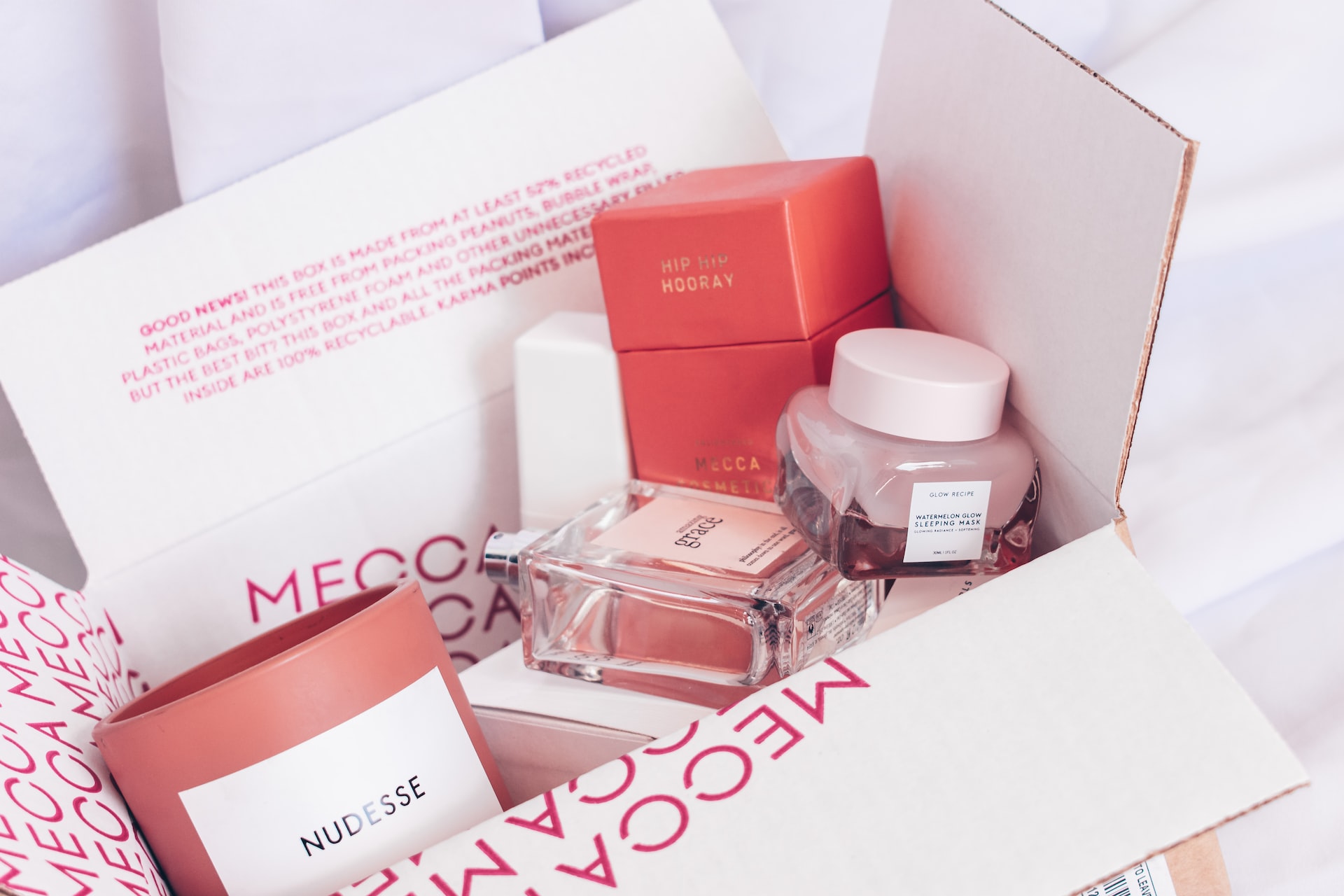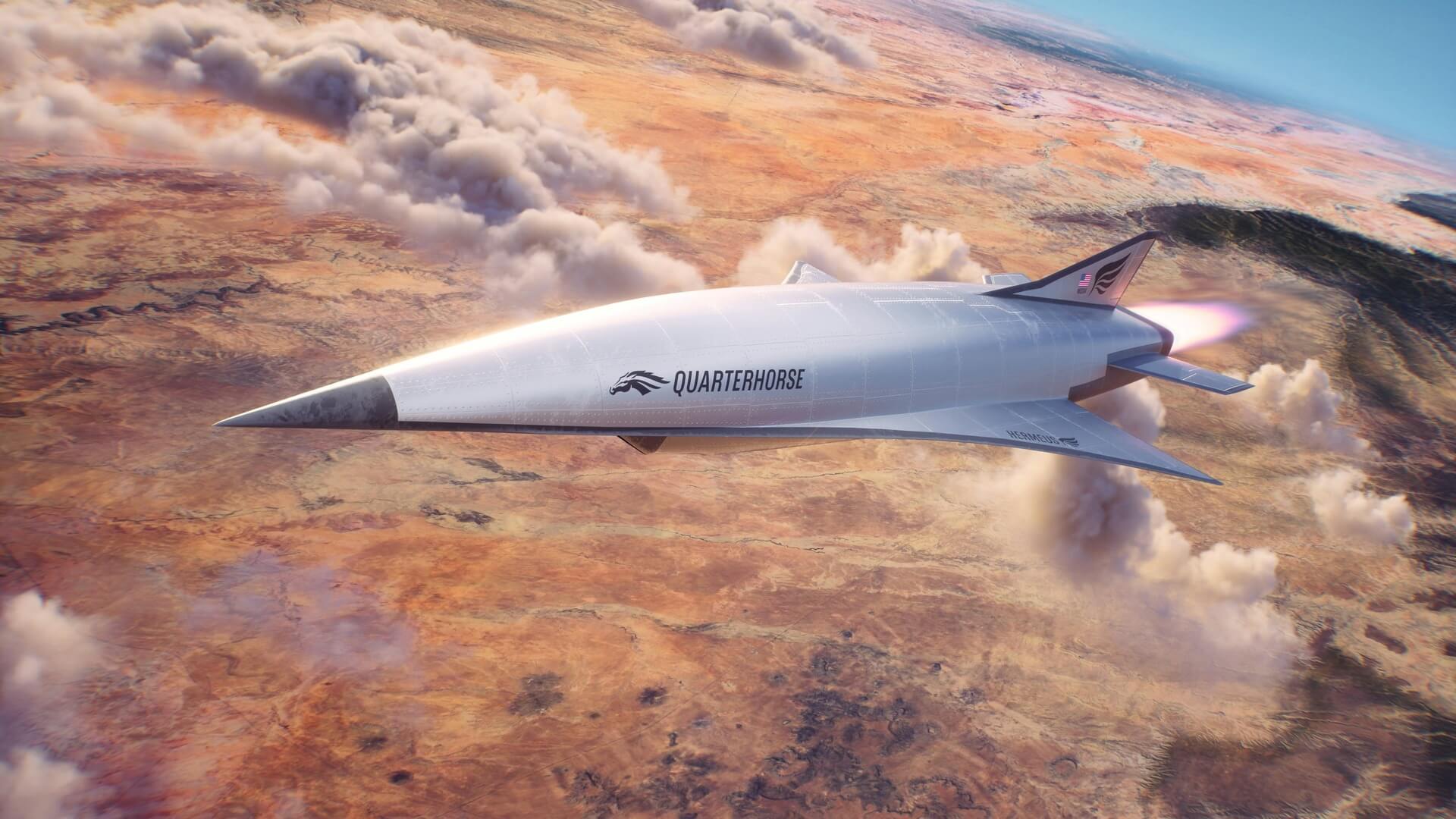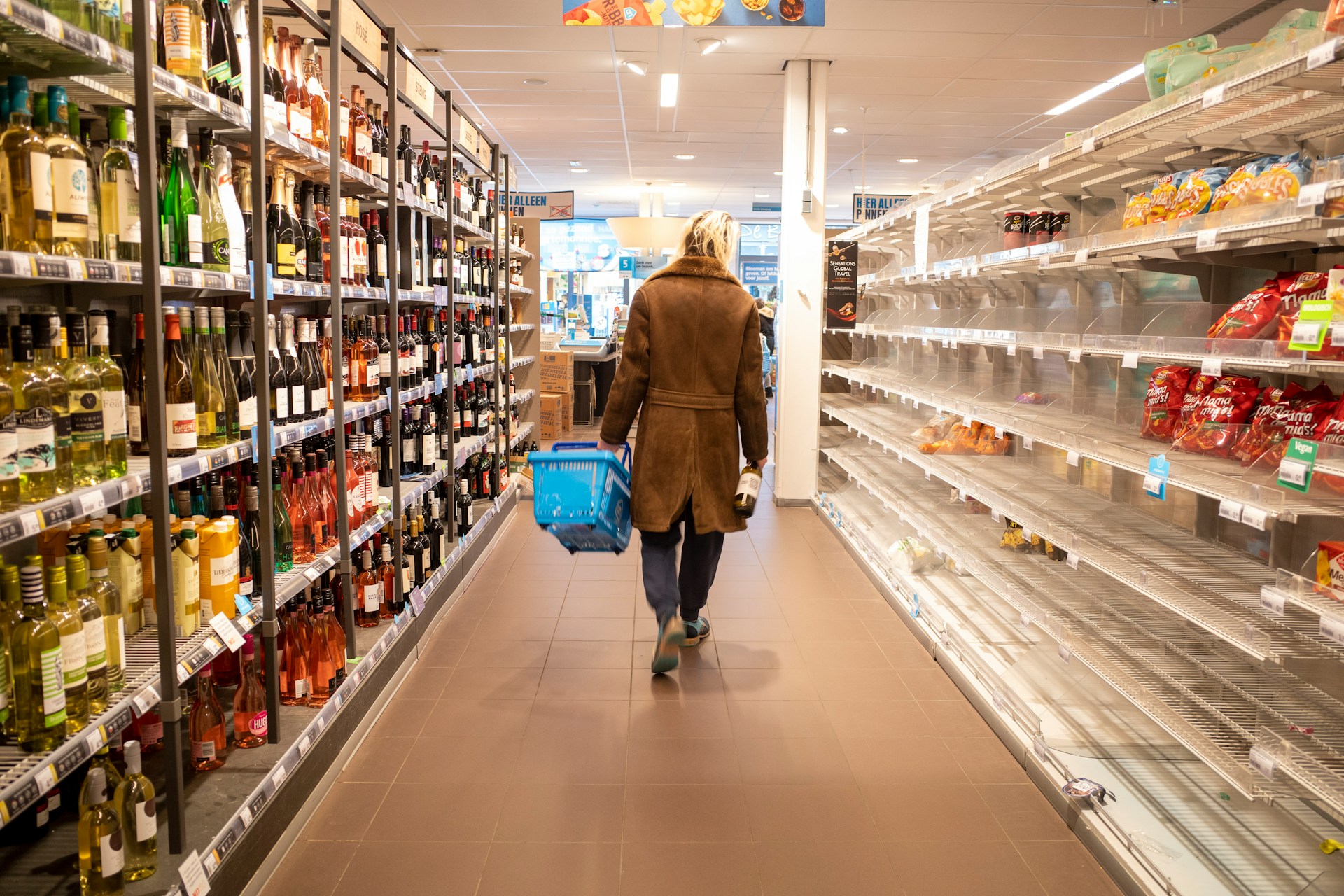
How Innovative Packaging and Labeling Strategies Support Customer Engagement
February 22, 2023 - Emily Newton
Revolutionized is reader-supported. When you buy through links on our site, we may earn an affiliate commission. Learn more here.
The packaging and labeling associated with a product may seem relatively supplementary compared to the item itself. However, when packaging designers take the time to understand how to connect with customers through the item’s container, the outcomes are often remarkable.
High-Tech Packaging and Labeling Can Assist People With Disabilities
There’s often an emphasis placed on making a product’s packaging and labeling visually striking so it stands out against other items on a shelf. However, Aunt Bessie’s is a frozen food brand based in the United Kingdom, took a wholly different approach that makes the package and label details more inclusive.
It relies on a special package label and dedicated smartphone app. People with blindness or low vision can get guided to the correct products by using the application. They can also use the app to get nutrition facts or preparation recommendations.
In another instance, the Degree deodorant brand partnered with inclusive design experts to figure out how to make its packaging more useful to people with visual or motor difficulties. Some of the features include magnetic closures to make the cap easier to take off or put on, a hooked cap and handle built into the base to support one-handed usage, a braille label and a larger applicator that covers more surface area per swipe.
Consumers are more likely to use brands or products if they feel the respective items fit their needs. These are some examples of how brand representatives can make thoughtful changes. Then, their respective companies can connect more with historically underserved consumers.
Sustainable Packaging Helps Consumers Develop Good Recycling Habits
People generate trash every day by doing nothing more than their usual activities. Much of it ends up in landfills, but some goes into oceans and other vital habitats. Fortunately, people are getting on board with recycling and understanding the essential nature of that responsible action.
Many consumers understandably feel a sense of disconnect if they buy something from a brand they thought was sustainable and realize they cannot recycle the packaging. Indeed, it’s becoming easier to recycle many types of packages. However, containers made of flexible plastics still pose challenges. The main issue is that most commonly used recycling plant machines can’t process them. Plus, it’s too time-consuming for workers to separate those items manually.
However, Australia’s O F Packaging designed a standup pouch-style package to hold Brookfarm granola. The most notable thing about the outcome is that people can roll the 100%- polyethylene, flat packaging into a 3D shape. It then supports existing recycling processing practices. People can place the used packages in their curbside recycling bins for convenience.
Elsewhere, a 2022 study showed that 63% of people are more likely to purchase products that have clear recycling instructions on the labels. Relatedly, 59% of respondents felt it was hard to find label instructions about proper disposal.
Those results show room for opportunity for people in charge of making packaging and labeling decisions. Listening to and responding to feedback is an excellent way for brands to show they care about what customers think and want to improve perceptions.
Modern Packaging Can Reduce Waste and Increase Consumer Confidence
People often look at a perishable product’s sell-by and use-by dates with confusion and uncertainty. Consider if someone purchases a product before the sell-by date. How many days will pass before the product goes off or becomes unsafe to eat? Then, once the use-by date passes, should people immediately discard the food?
Many households take their chances, continuing to consume things past the use-by date. Those choices often carry no negative consequences, but that’s not always the case. Some people opt to stick by the dates on the package or the label but get unpleasant surprises anyway. Then, those instances can taint individuals’ perceptions of a brand, whether they realize it or not.
However, efforts are underway to get rid of conventional date-related packaging and labeling indicators for consumable products. If people don’t understand, trust or perhaps can’t read the date information because the packaging ink got smeared, they may discard food that’s still safe and tastes good.
In one example, a company developed a recyclable, 100% polypropylene smart label that detects details related to the food’s temperature and the passage of time. It works for any product with a shelf life ranging from 5-15 days.
More specifically, the innovation features a color-changing design that progresses from yellow to red as the food gets closer to a state of decay. That visual indicator gives people quick confirmation. It also eliminates the ambiguity often associated with traditional methods of displaying dates on packaging and labeling.
Augmented Reality Catches Consumers’ Interest
Today’s brands must achieve the difficult goal of grabbing attention as people browse hundreds or thousands of competing products. Packaging and labeling can play a big part in their ultimate decisions. That’s especially true if it has interactive elements.
A new artificial intelligence-based offering from Axe body spray came about when algorithms analyzed 6,000 ingredients with 3.5 million possible combinations. Marketers stuck with the tech theme when marketing the product, too. The campaign features augmented reality (AR) triggers on the product’s limited-edition packaging.
Once people scan an associated QR code, they’ll see an image of British rapper Aitch. The musician asks consumers to squirt the body spray into the air. Doing that enters people into a dedicated competition. The Axe marketers took the tech focus even further with the prize. Winners get admission to a house party hosted by an Aitch hologram.
Another recent case of forward-thinking packaging came from Jones Soda Co. The beverage brand partnered with Sub Pop Records, known for discovering iconic bands such as Nirvana. This product-labeling partnership relies on AR to let people see and hear video clips from artists on Sub Pop and its subsidiary labels.
The labels also link people to artists’ tour dates, bio pages and social media feeds. That extra content encourages consumers to learn more about musicians that impress them.
Packaging and Labeling Matters for Brand Perception
These examples show that packaging and labeling can both play a huge role in how people perceive a brand and what experiences they have with a product. Thinking about them differently, as the companies in these examples have, can help a company succeed over the short and long term.
Revolutionized is reader-supported. When you buy through links on our site, we may earn an affiliate commission. Learn more here.
Author
Emily Newton
Emily Newton is a technology and industrial journalist and the Editor in Chief of Revolutionized. She manages the sites publishing schedule, SEO optimization and content strategy. Emily enjoys writing and researching articles about how technology is changing every industry. When she isn't working, Emily enjoys playing video games or curling up with a good book.






